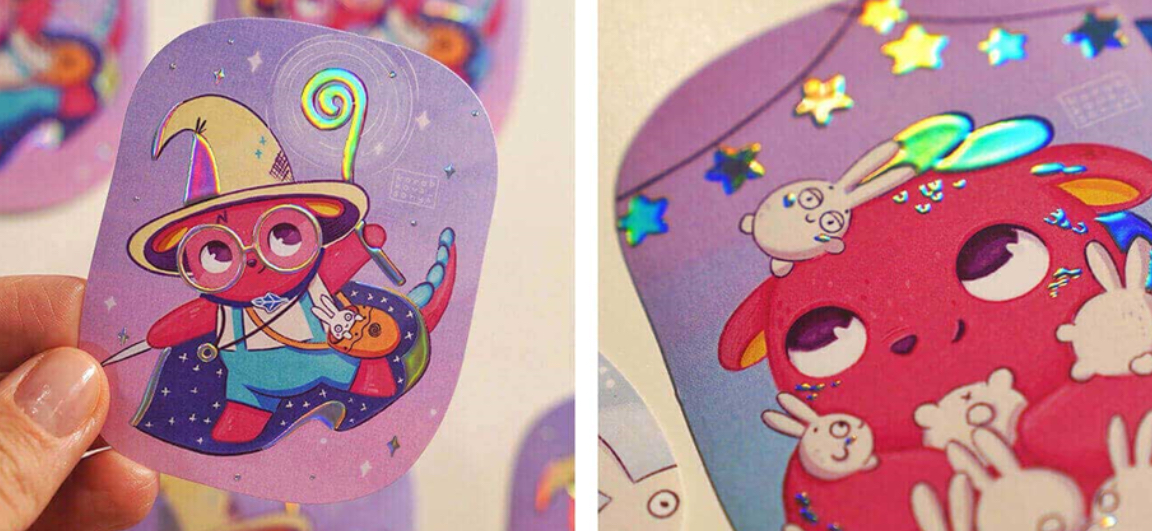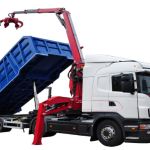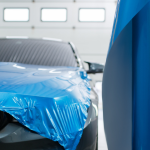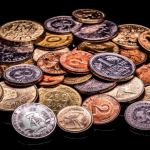Factors Affecting Removal of Custom Vinyl Stickers
Vinyl stickers have become ubiquitous in modern signage, branding, and personal expression. However, when the time comes to remove them, several factors can influence the process, affecting the ease and efficiency of sticker removal. Let’s explore the key factors affecting the removal of custom vinyl stickers:
Table of Contents
Adhesive Residue
One of the primary concerns when removing custom vinyl stickers is the adhesive residue left behind. The quality and type of adhesive used can significantly impact the residue’s stickiness and difficulty in removal. High-quality adhesives often leave minimal residue, whereas cheaper or stronger adhesives may leave behind stubborn residue that requires additional effort to eliminate.
Surface Compatibility
The surface onto which the custom vinyl stickers are applied plays a crucial role in their removal. Smooth, non-porous surfaces such as glass or metal are typically easier to clean and less likely to sustain damage during sticker removal. However, rough or porous surfaces like wood or textured walls may trap adhesive residue or suffer abrasions during the removal process, making it more challenging to achieve a clean finish.
When dealing with custom sticker sheets, consider the backing material as well. High-quality sheets with strong adhesives ensure that individual stickers peel off cleanly without leaving behind residue. Whether you’re creating promotional labels or decorative designs, the right sticker sheet can make all the difference.
Age of the Sticker
The duration for which the vinyl sticker has been affixed to the surface affects its adhesion strength and removal difficulty. Older custom vinyl stickers may have undergone prolonged exposure to environmental factors such as sunlight, moisture, or temperature fluctuations, which can degrade the adhesive and make it more resistant to removal. In such cases, additional techniques or solvents may be required to loosen the adhesive bond effectively.
Removal Technique
The chosen removal technique can significantly impact the outcome of sticker removal. Various methods, including heat application, chemical solvents, or mechanical scraping, can be employed based on the specific circumstances. Each technique has its advantages and limitations, and selecting the appropriate method is essential to minimize damage to the underlying surface and achieve a clean removal.
Sticker Material Quality
The quality of the vinyl material used in the custom vinyl stickers can affect their ease of removal. Higher-quality vinyl is often more flexible and less likely to tear during removal, resulting in a cleaner finish. Conversely, lower-quality vinyl may be prone to tearing or leaving behind adhesive residue, necessitating more care and effort during the removal process.
Application Technique
The manner in which the custom vinyl stickers were initially applied can influence their removal difficulty. Proper surface preparation and application techniques, such as ensuring a clean and dry surface and applying pressure evenly during installation, can promote better adhesion and facilitate easier removal later on. Conversely, improper application techniques may result in poor adhesion or damage to the surface, complicating the removal process.
UV Exposure
Exposure to ultraviolet radiation from sunlight can deteriorate the adhesive properties of vinyl stickers over time. Prolonged exposure to UV rays may cause the adhesive to become more stubborn and resistant to removal. Stickers placed in outdoor settings or near windows are particularly susceptible to UV damage, requiring extra care and effort during removal.
Chemical Interactions
Certain chemical interactions between the adhesive and the surface material can affect the ease of sticker removal. For example, stickers applied to surfaces treated with wax, silicone, or certain types of paints may bond more strongly, making them harder to remove. Chemical solvents or cleaners may be required to break down these bonds effectively without causing damage to the underlying surface.
Humidity Levels
Extreme humidity levels can impact the adhesive properties of custom vinyl stickers and influence the removal process. High humidity may cause the adhesive to become more tacky, making it challenging to peel off the stickers cleanly. Conversely, low humidity levels can cause the adhesive to dry out and become brittle, increasing the risk of tearing or leaving behind residue during removal.
Removal Tools
The type of tools used for sticker removal can significantly impact the process and outcome. Improper tools or excessive force can damage the underlying surface or result in uneven removal. It’s essential to use appropriate tools such as plastic scrapers, heat guns, or adhesive removers and to exercise caution to avoid causing unintended damage while removing custom vinyl stickers.
Sticker Size and Complexity
The size and complexity of the vinyl sticker design can also affect the removal process. Larger stickers may require more effort and time to remove, especially if they cover a significant portion of the surface area. Intricate designs with fine details or small elements may present challenges during removal, as they are more prone to tearing or leaving behind residue.
Final Verdict
In conclusion, the successful removal of custom vinyl stickers depends on various factors, including adhesive residue, surface compatibility, sticker age, environmental conditions, removal technique, sticker material quality, application technique and many more. By considering these factors and employing appropriate removal methods, individuals can effectively remove vinyl stickers without causing damage to the underlying surface, ensuring a smooth transition for new designs or messages.











